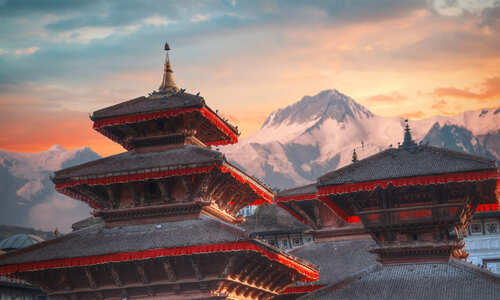Article content
18 February 2014 by Alex Stewart
Everest has become the ultimate tick in terms of adventure tourism and a serious prize. Most ascents are from Tibet and incur a high fee, payable to the Chinese authorities. Under current regulations, climbers hoping to summit Everest from Nepal, using the Southeast Ridge route taken by Sir Edmund Hilary and Tenzing Norgay in 1953, must also pay around $25,000 per person. However, there is a discount for larger groups, whereby a team of seven pay just $70,000, meaning that climbers often band together into larger groups ahead of an assault on the mountain.
From next year though, permits will be reduced to $11,000 per person in a bid to prevent climbers from forming artificially large groups for the sake of a saving. It is hoped that the move will promote responsible and serious climbing but there are serious concerns that it could result in overcrowding.
Hundreds of climbers attempt the ascent to the 8,850m (29,035ft) summit each year, with the peak climbing season lasting from March until May. In 2013 some 700 climbers reached the summit. In May though there was reported chaos on the slopes as climbers queued to tackle difficult sections of the ascent.
The new rates for Nepal will apply during the peak season. Permits on other routs and at other times of year, when the mountain is much quieter, will now cost as little as $2,500 to encourage out-of-season ascents.






